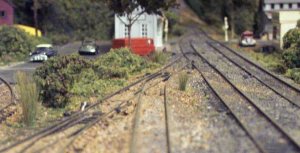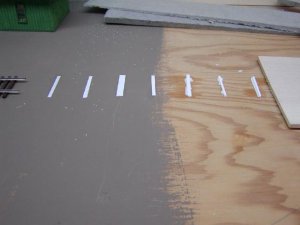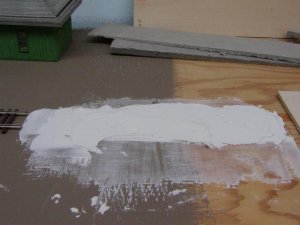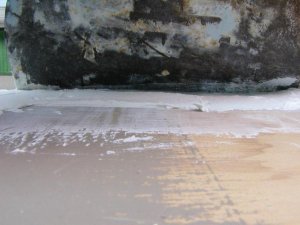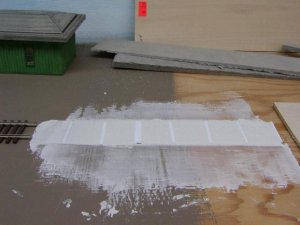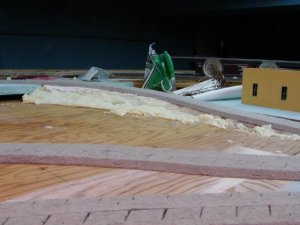I have a question for all you knowlegable folks. I know that track is usually elevated a bit from ground level, using trackbed or whatever and then ballasted. My question is, what happens to this elevation when a small industrial siding branches off? Is the siding elevation the same as the mainline, or is there a grade going down to ground level? Around here, the sidings appear to be right at ground level - how is this done with a model?
cheers
 Val
Val
cheers


